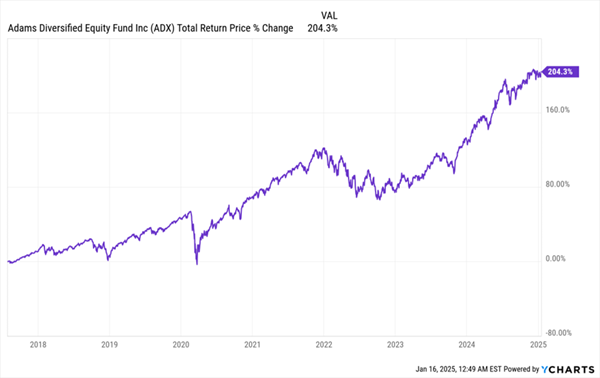Investment Strategist
This 7.6% Dividend Plays Offense and Defense in a Trade War
Michael Foster, Investment StrategistUpdated: February 6, 2025
Trade tensions ratcheted up to 11 this week, and I know that for many readers the wild swings we’re seeing can feel sickening.
To you, I say that times like these are exactly why we hold the closed-end funds (CEFs) in our CEF Insider portfolio. Their high, steady dividends (more than 10% on average across the portfolio) let us collect our income while stocks regain their footing.
We also avoid the trap of panic selling, then seeing the story whipsaw the other way, locking in our losses (which would’ve happened if you’d hit the sell button first thing Monday morning).… Read more

